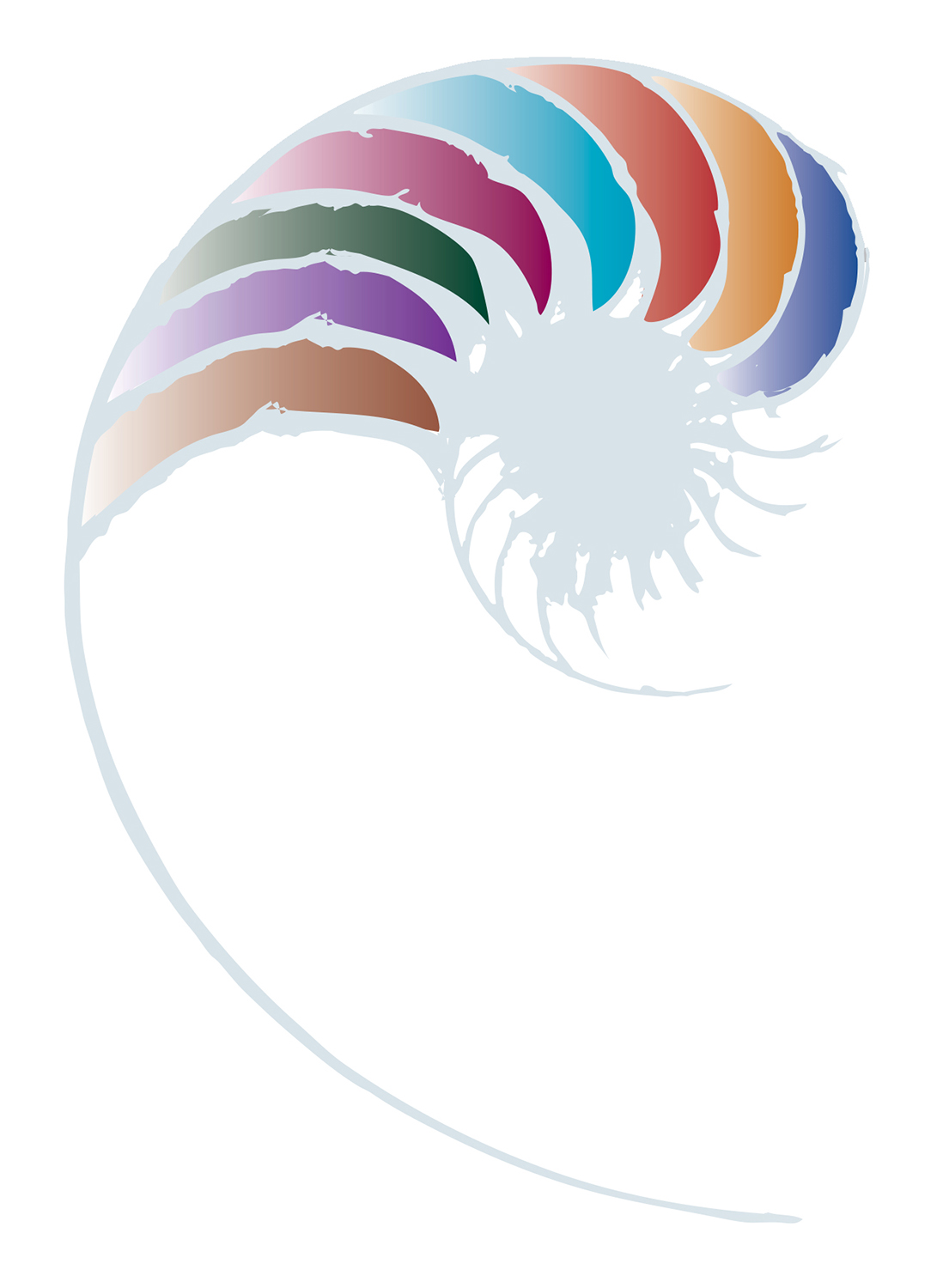To support giftedness from a Kūki ‘Āirani perspective, puapi’i (teachers) should engage with Kūki ‘Āirani tamariki and their kopu tangata (families), respecting their cultural context, embracing holistic approaches, involving families, valuing language and identity, and fostering community connections.
Children as precious gifts from Atua
Kūki ‘Āirani culture views children as teia apinga aro’a mai te Atua (precious gifts from God/deity). They are gifts, blessings or treasures that are to be nurtured and cared for with utmost respect and love. Tamariki enrich the centres they attend with their presence and bring with them their kopu tangata (family) and community values, knowledge, and experiences.
- Giftedness is inherent in each child from birth.
- Children's language is their first means of communicating when they observe an object.
- This knowledge is considered a gift from Atua (God/deity).
- Children's unique skills are present at birth and continue to develop throughout childhood, reflecting the Kūki ‘Āirani perspective as the foundation of cultural epistemology.
- Even though children are young, we give them time to develop their own unspoken words because their knowledge is not yet visible to us. It is not only adults but also children who possess knowledge.
Cultural enrichment
- Children learn best when they connect learning with their home experiences. These experiences can include cooking, gardening, or playing games.
- Repetition is essential. Repeated exposure to concepts reinforces learning.
- Children are like sponges, absorbing behaviours and skills by observing adults and other children. Whether it is language, social interactions, or problem-solving, children learn by imitating.
- Adult enactment provides a rich context for learning. Children pick up not only explicit skills but also implicit values and cultural norms.
- Children's involvement in everyday activities – whether it’s helping in the kitchen, exploring nature, or playing – nurtures their cognitive, emotional, and physical development.
- Children develop skills naturally over time and these abilities emerge when they are ready, like a gradual unfolding.
- As parents and educators, we can create an environment that encourages exploration, creativity, and curiosity. When the child is ready, these skills will naturally surface.
Considerations for kaiako
Culturally responsive teaching is essential for creating an inclusive and supportive learning environment. Below are some ways to incorporate cultural responsiveness into your teaching practices.
Know your tamariki riki (infant)
- Take time to learn about your learner's cultural backgrounds, languages and traditions.
- Understand their family dynamics and community contexts.
Incorporate diverse perspectives
- Use diverse literature, stories and resources that reflect various cultures.
- Highlight contributions from different ethnicities, genders and backgrounds.
Accommodate children's learning preferences
- Recognise that different cultures may have unique learning preferences.
- Provide varied instructional methods to accommodate diverse learning styles.
Be culturally sensitive
- Avoid stereotypes and assumptions.
- Be open to learning from children and their families.
As kaiako, we hold the key to unlocking a child’s hidden potential. By fostering trust, asking thoughtful questions and creating a nurturing environment, we empower children to reveal their unique gifts. And when that moment arrives, the child speaks to us in their heart language.









